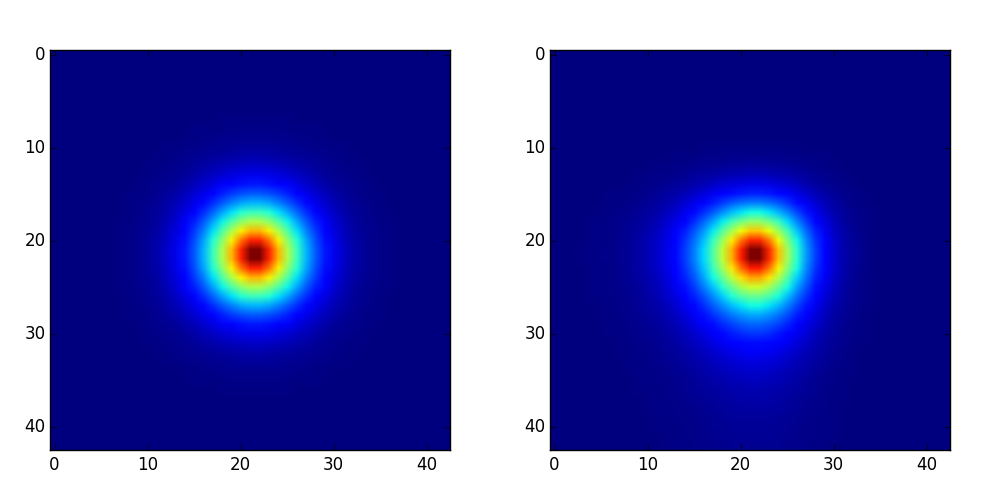Bending Lights:
a Toolkit for Visualizing Strong
Gravitational Lensing
Bending Light is an application to demonstrate what gravitational lensing is. It is designed as an advanced tool, suitable for use in a classroom setting, or even in a research setting to allow the rapid exploration of basic models for visualization purposes. By using the mouse and keystrokes, you can build and explore a wide range of strong lensing scenarios. Extensive control of both the background sources and foreground lenses is offered. The software visualizes both the background sources and their strongly lensed images. Moreover, the caustics and critical curves of the lensing system are shown. Please visit here for more details.
PYTHOLICs:
a PYThonic Higher Order Lensing
Images Characteristics Code
Gravitational flexion is the second order weak lensing effects in background source galaxies. It has recently been proposed to investigate dark matter distributions. It is found that flexion can be an effective way to study small-scale variations in the projected mass distribution and to constrain the density slope of dark matter halos. PYTHOLICs is a python code for demonstrating the shape distortion of gravitational flexion, and studying how to measure flexion. The code is translated from Goldberg's HOLICs code in IDL. If you are interested, please visit here for more details.

